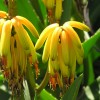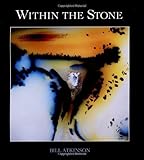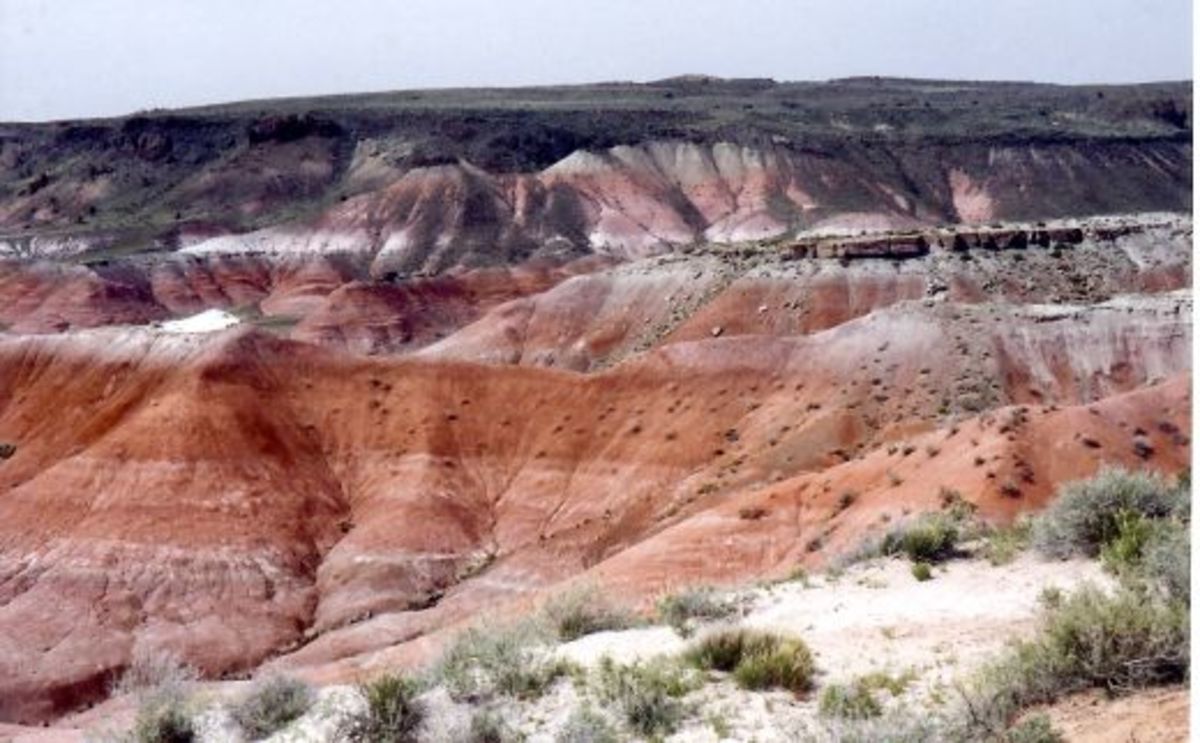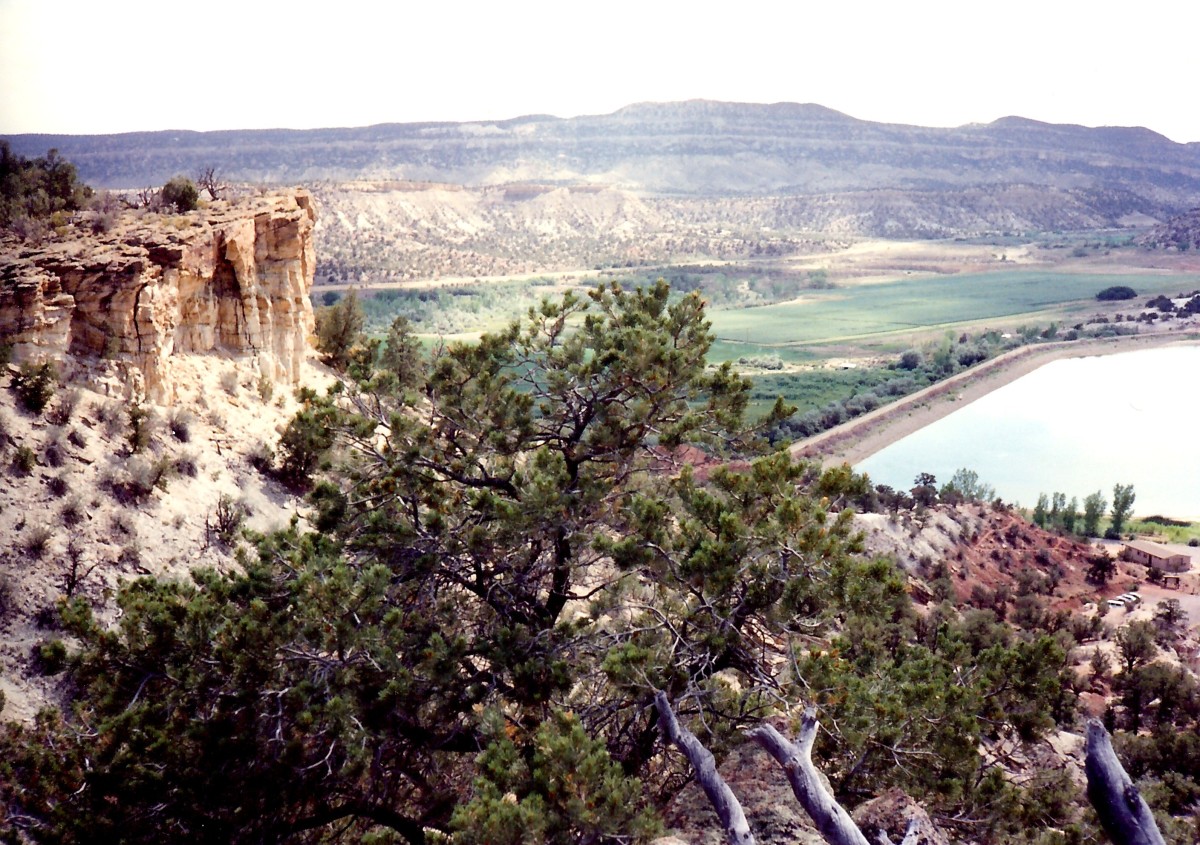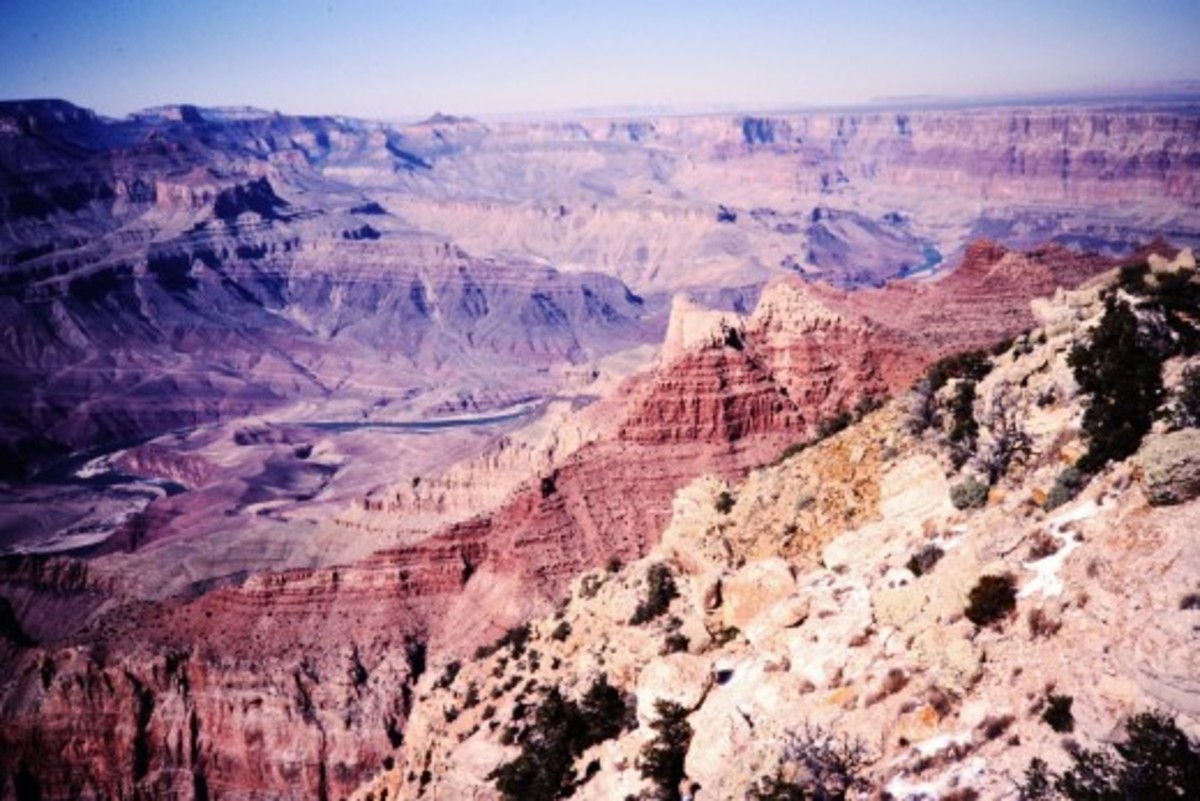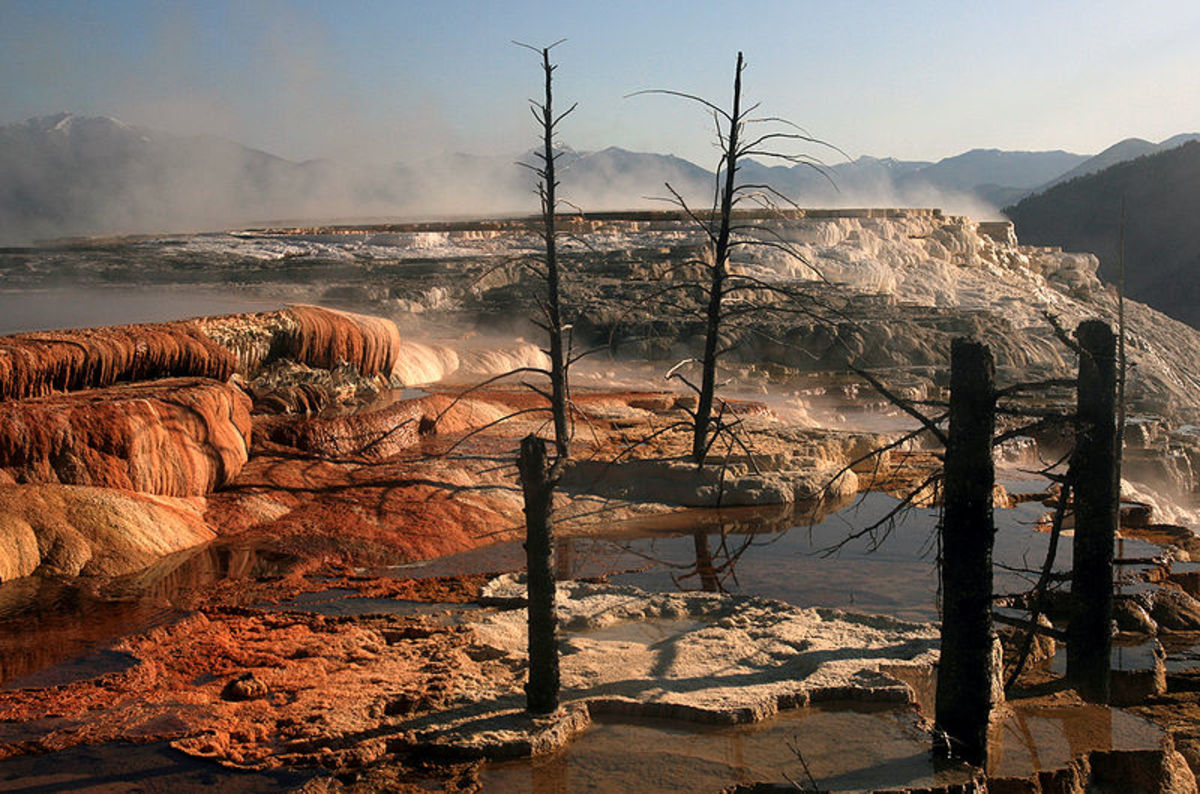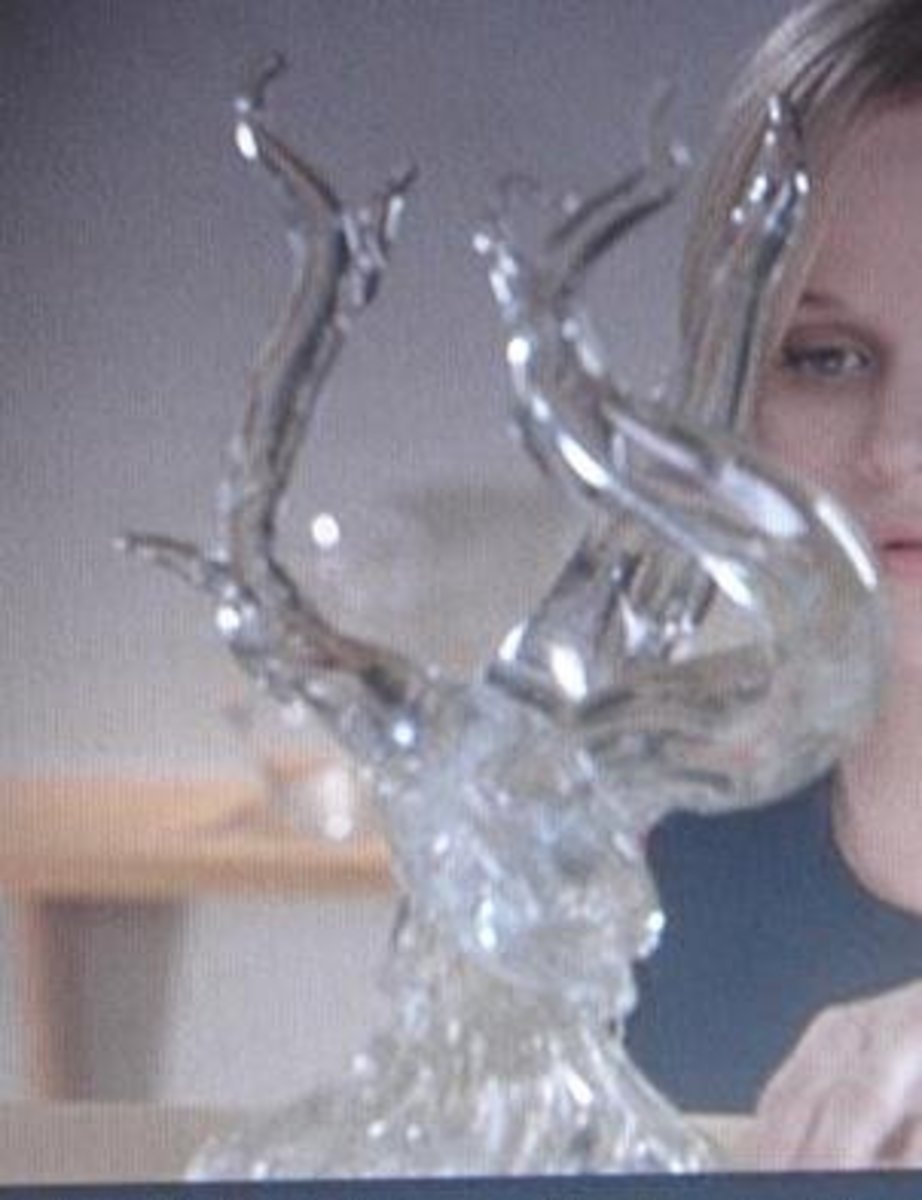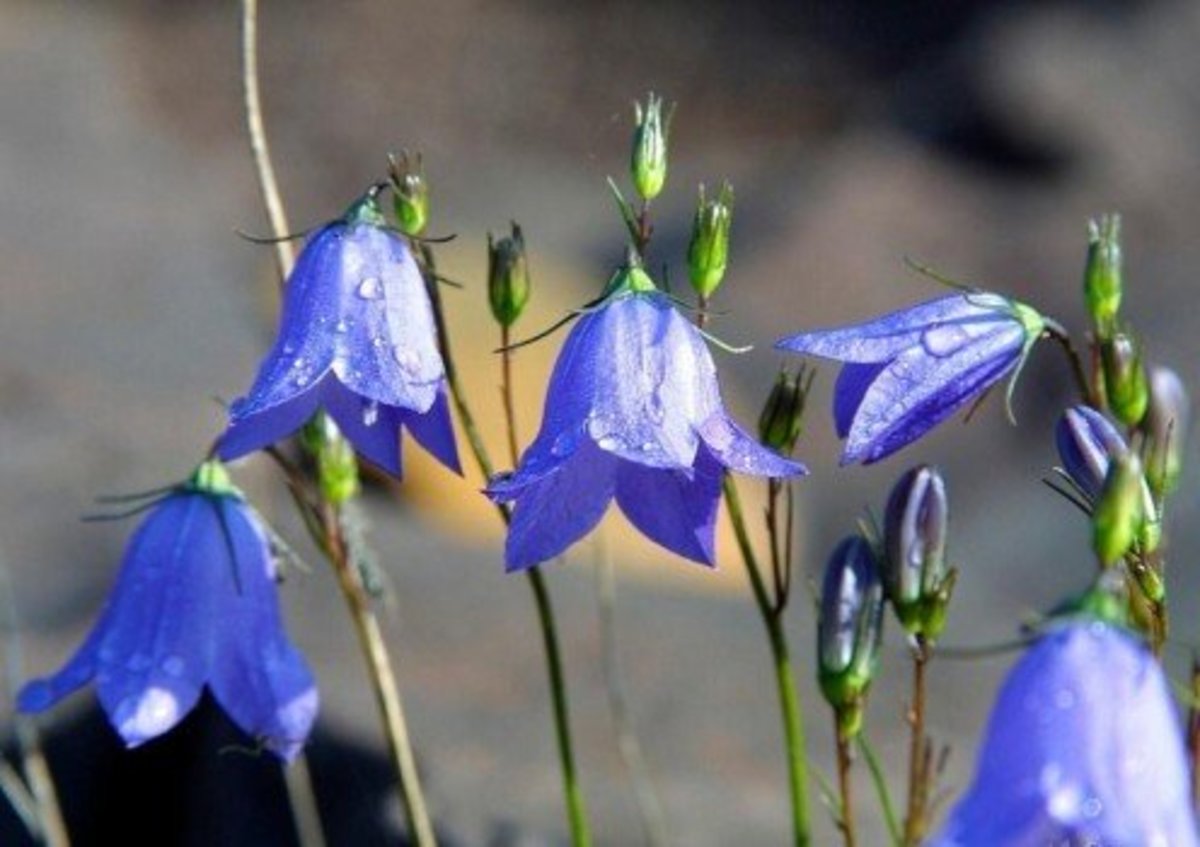How Does Wood Petrify?
Petrified Wood
Petrify literally means turn to stone, so petrified wood means wood turning into stone. Petrified wood has been found in all 50 states and around the world. Many of the areas with the highest concentrations have been turned into state or national parks to protect the wood from being depleted by collectors and vendors.
There Are Two Types of Petrification.
The first type is where all or almost all of the organic matter is replaced by mineral matter. The wood retains its external shape but most or all of the internal cellular structure is destroyed.
In the second type, called permineralization, the cells and other spaces are filled with mineral matter but the original organic matter does not change. This preserves the cellular detail which can be observed under a microscope.
Conditions for Petrification
For either of these processes to occur, trees must fall and be covered in sediment. This cuts off the oxygen and slows the decay. Groundwater containing silica seeps through the wood either totally replacing the organic matter or just replacing the cell contents and spaces leaving the structures intact. Eventually the silica crystallizes into quartz thereby preserving the wood. Depending on the circumstances, this can take millions of years or be accomplished in a relatively shorter timeframe. One clue is whether the logs are still round or more flattened. The rounder ones have petrified quicker before the heavy sediment could flatten them.
Where Do the Colors Come From?
The colors in petrified wood come from the various minerals in the silica water. Iron, carbon, manganese and sometimes cobalt and chromium produce various shades of yellow, red, black, blue, purples, brown, white and pink. Some of the logs are very beautiful.
How Heavy is Petrified Wood?
Petrified wood is very heavy. A cubic foot can weigh up to almost 200 pounds. It is also very hard. Using the hardness scale of 1-10 it is a 7.
Petrified Forest National Park
Most of the logs in the Petrified Forest National Park in northeastern Arizona were petrified by the first type. It does have some examples of the second type in the Black Forest. The logs there are mostly black. There are even examples where both types of petrification can be found in the same log. Some of the logs that were hollow or had cracks allowed various types of quartz crystals to grow, including amethyst, rose quartz, smoky quartz and rock crystal quartz. Examples of these can be found in the Crystal Forest.
Crystal Forest - Petrified Forest National Park
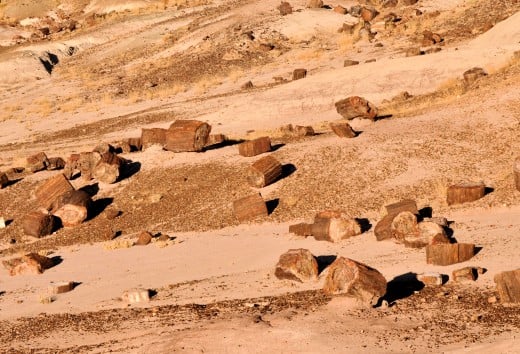
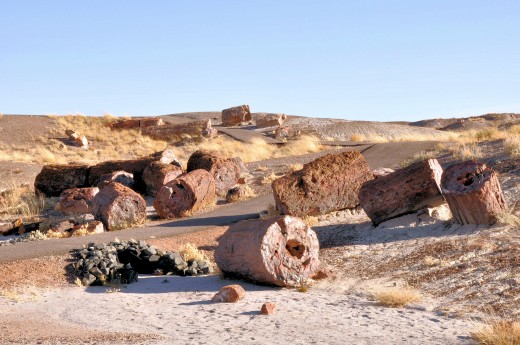
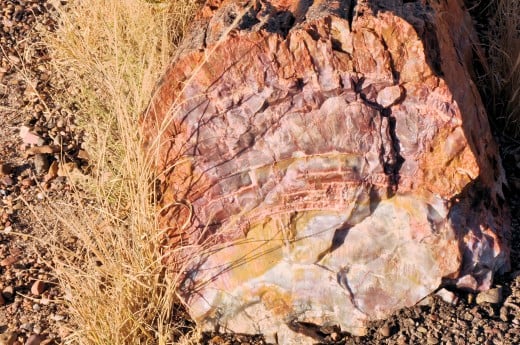
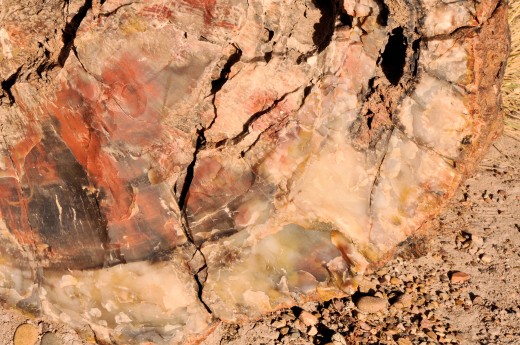
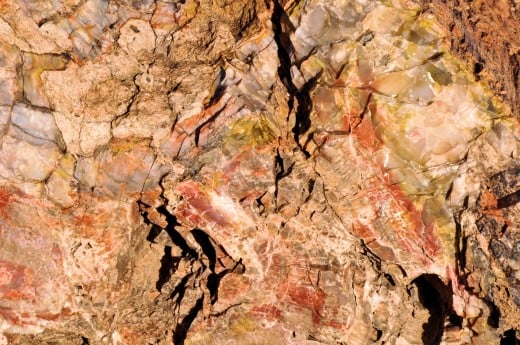
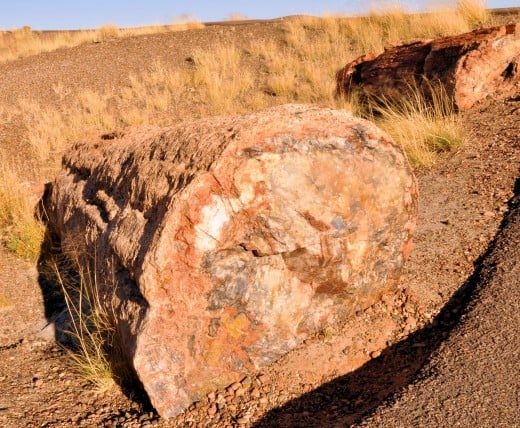
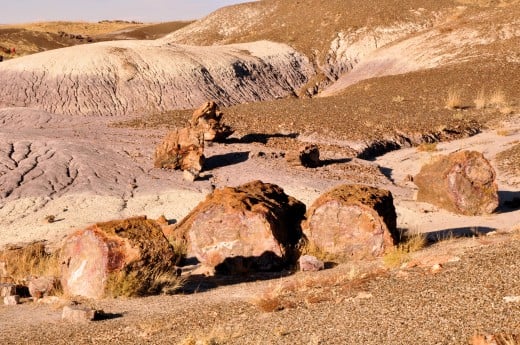
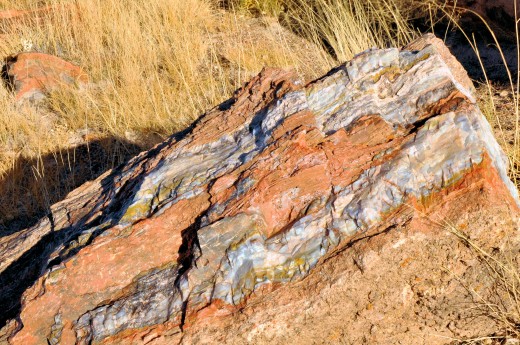
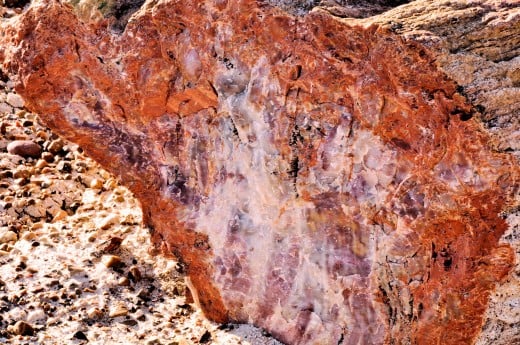
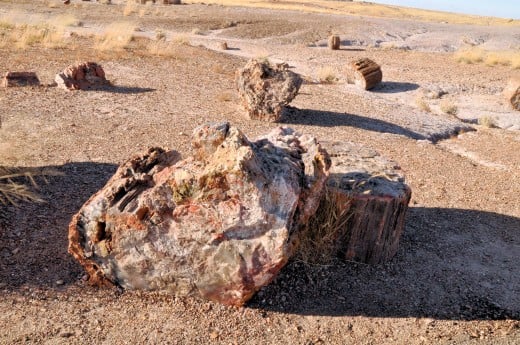
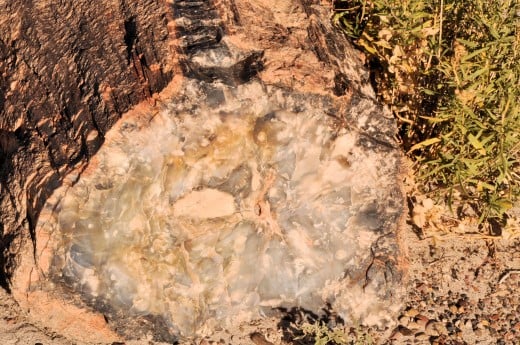
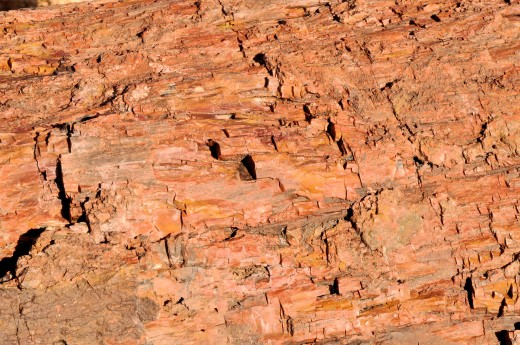
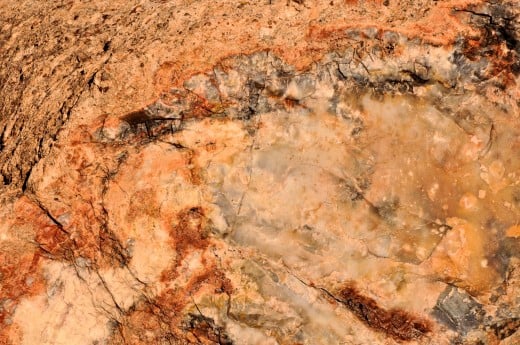
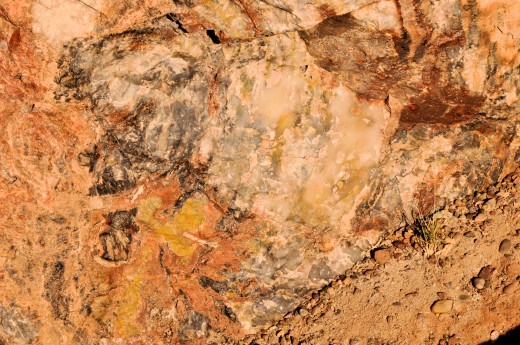

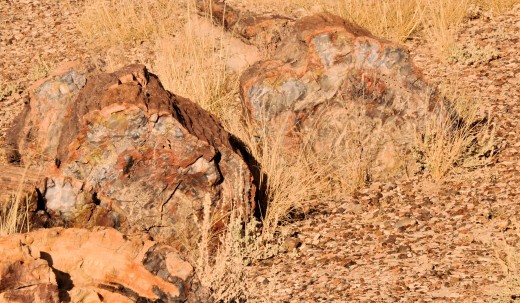
Escalante Petrified Forest State Park
Most of the logs in Escalante Petrified Forest State Park in Utah were formed by the second process.
The following photos were all shot of the same log, which was approximately 8-10 feet long.
Escalante Petrified Forest State Park
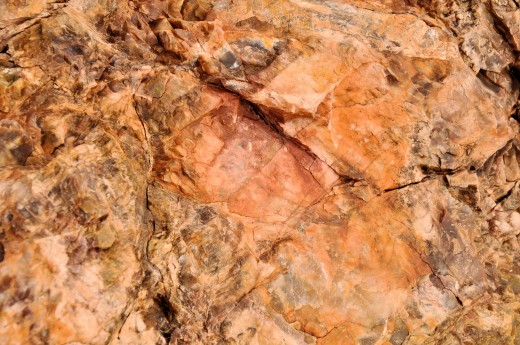
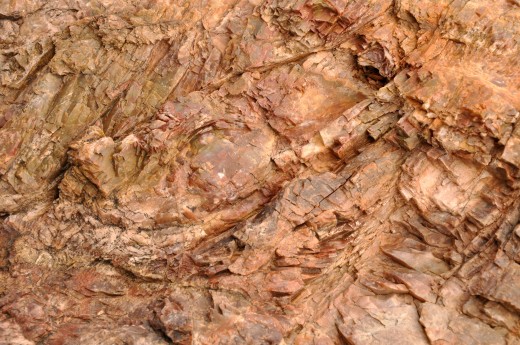
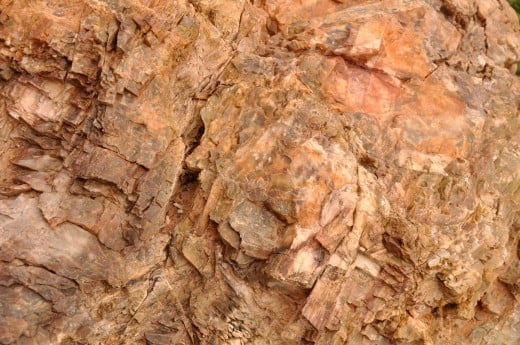

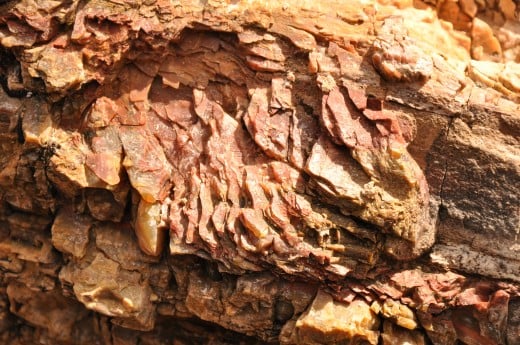
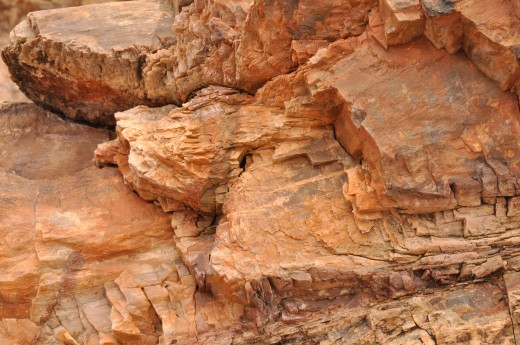
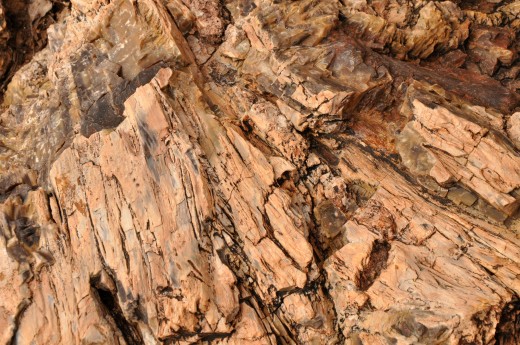
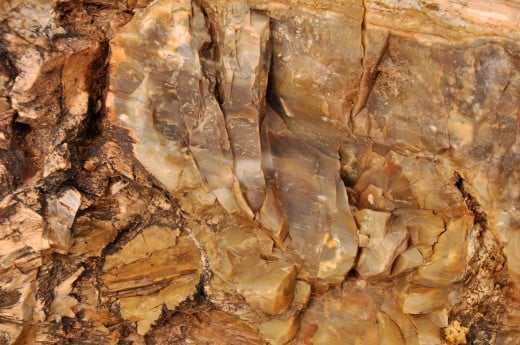
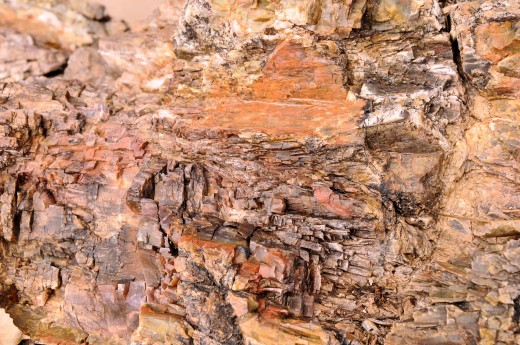
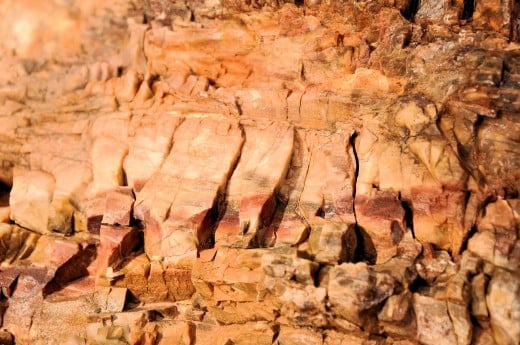
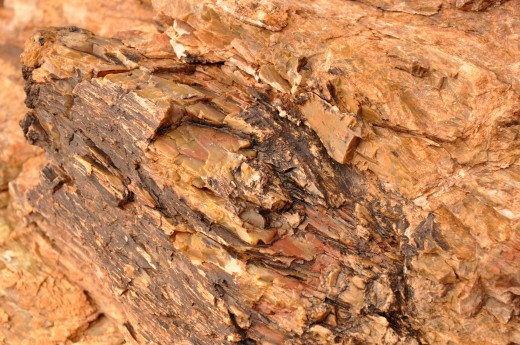
Savor the Beauty
Only petrified wood on private lands may be collected and sold. It is illegal to gather any wood in the state and national parks. So savor the beauty, photograph it and leave it there for future generations to enjoy.
All photos are original images by the author. All rights reserved.
Sources:
Petrified Forest - A STORY IN STONE by Sidney Ash
DNR brochures from: Petrified Forest National Park in Arizona and Escalante Petrified Forest State Park in Utah
Read More About Petrified Word
- Arches National Park in Utah A Photographic Journey
The original 4,520 acres was set aside as a national monument on April 12, 1929. It... - Why Are Sunrises and Sunsets So Colorful?
Author photo. Do a web search and you will come up with around 4 million photos. People love sunrises and sunsets. They are fascinating and they change by the second. They are definitely more interesting if... - Visible Light and Why We See Colors
There is such a variety of colors in our lives; from the reds, oranges and yellows to the greens, blues and purples, and every shade in between. Life would be very dull without all the beautiful colors. ...
